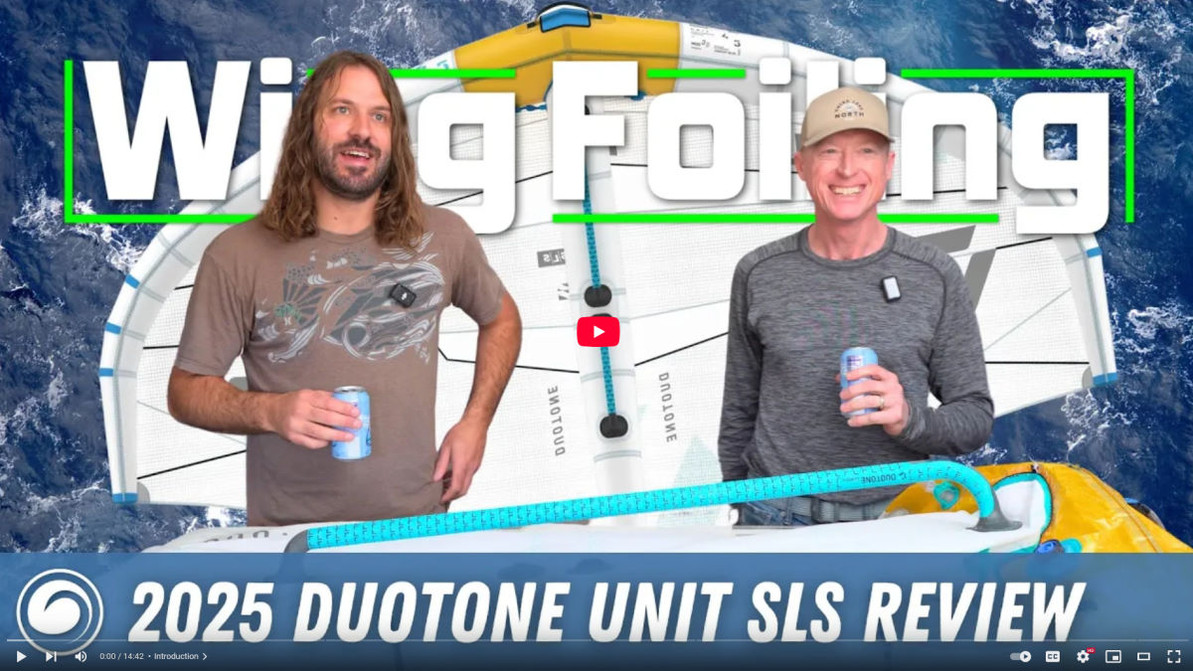2025 Duotone Unit SLS Review | Boom or Handles for Your Riding Style?
The Duotone Unit has been around for quite a few years now, and with good reason. It's easy to ride, it has a lot of grunt, it's intuitive, and it's easy to get up on foil with it. The larger sizes are effective in light wind. It's just a nice, all-around wing with very good performance, and it's a favorite of many.
This year Duotone added a third version of the Unit. The standard Unit has gotten a canopy material upgrade to reduce weight, and the D/LAB still has a full Aluula frame, plus the new MOD3 S canopy material. The new Unit SLS features the MOD3 S canopy like the other two versions, plus a small section of Aluula at the front.
Tucker and Jeff have been riding the 2025 Duotone Unit SLS for about a month now, and they're glad to see that Duotone made some refinements and added some options, but didn't kill the golden goose, so to speak. The changes are more significant than the more subtle changes of past years, and this may be the guys' favorite Unit so far.
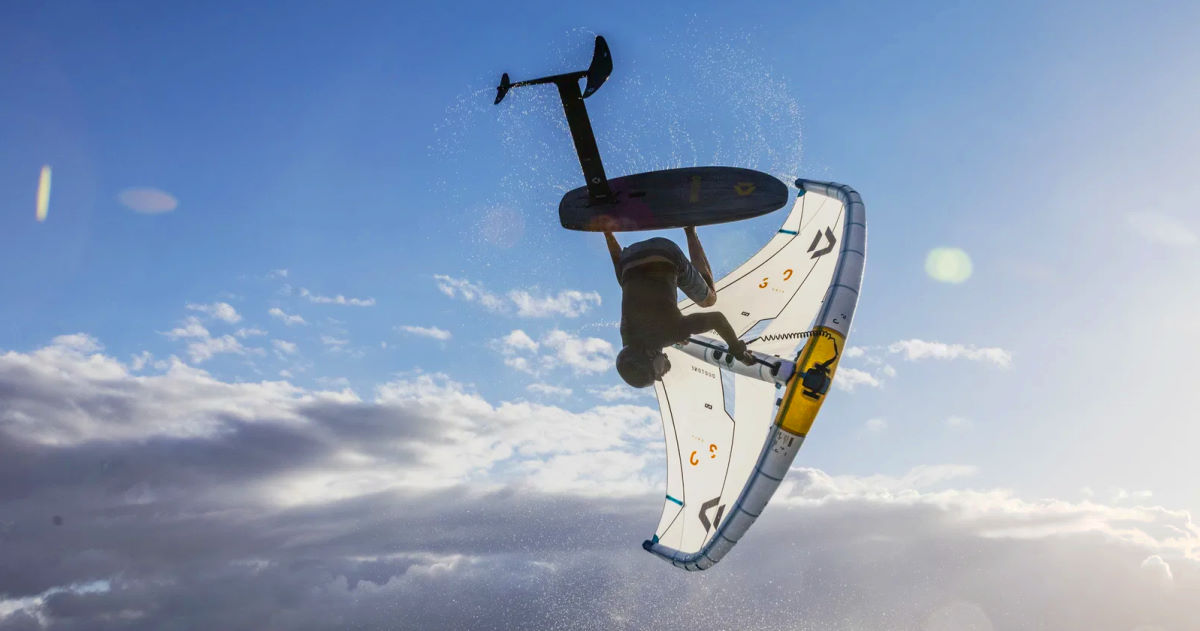
What's New: Aluula and Penta TX
The SLS version of the Unit features a section of Aluula right in the middle of the leading edge. This is the area of the wing that takes the most stress and needs the most rigidity, and Duotone was able to make frugal use of this expensive material by putting it where it makes the most difference.
The rest of the frame gets the typical SLS treatment with Duotone's Penta TX material, which is also very strong, light, and stiff, but not as expensive as Aluula. It's a solid blend of weight, rigidity, and performance for your dollar. Most riders aren't at a level to reap the benefits of an all-Aluula frame, but anyone can appreciate what this more modest upgrade brings to the table. It was a clever move on Duotone's part.
The Unit SLS is also Duotone's eco-friendly model. The MOD3 S canopy is undyed, which uses much less water to manufacture. The thread in the stitching adds some fun, subtle color, though. The bio-based bladder reduces the carbon footprint by 29 percent, and plastic parts use at least 50 percent recycled materials.
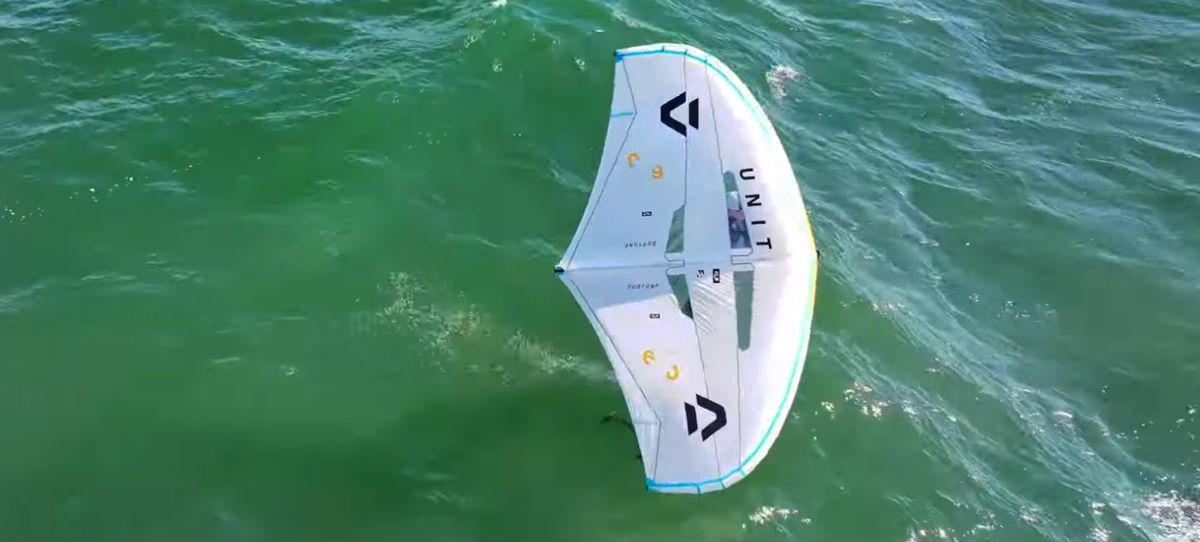
What's New: Boom or Handle Options
The most obvious change is the option of using a boom or handles. The handle lengths are the same as last year, with the longer front handle and pistol grip. The boom is also a nice option. Rather than having a perfectly round grip, it's oblong and feels very ergonomic. Most of the guys at the shop prefer this shape and find that it reduces hand fatigue. It also has a pistol grip, though it isn't quite as large as some others. The design is smooth and clean with nothing to snag your leash.
The Unit ships without a handle or boom, so you do need to choose one when you purchase yours. This prevents you from paying for an option that may not be your first choice. It's worth noting that these are different from previous generations, so unfortunately you won't be able to use your old handles or put the new boom on an older wing. It's a completely new system.
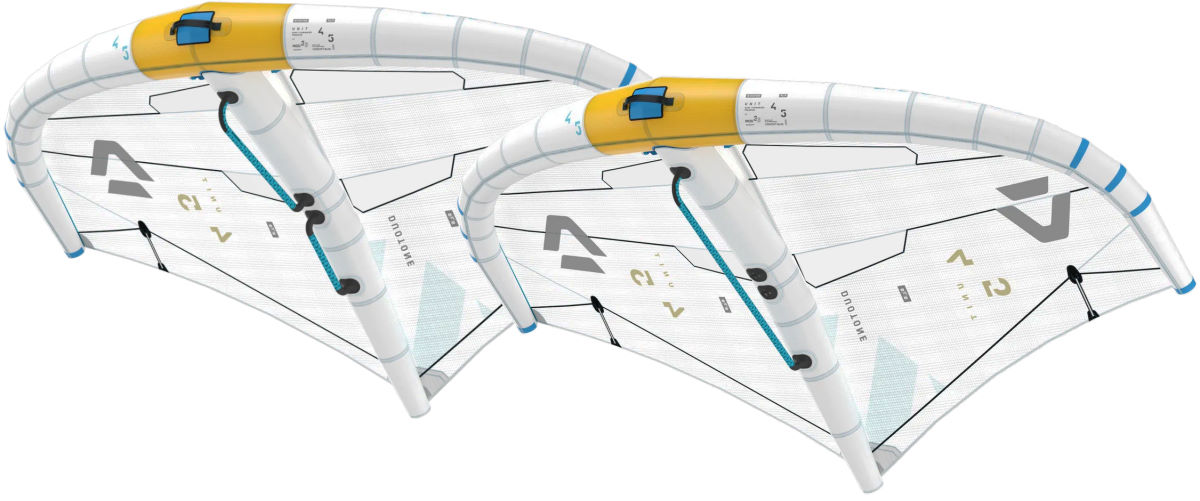
If you opt for the boom, there are little covers for the two middle fittings that you won't be using. It looks nice and keeps it clean.
You might want the handles if you're looking for the most ergonomic feel for your wrists. Each handle is angled for comfort. Two handles also let you pack down into a shorter space, so if you travel, that might be the way to go.
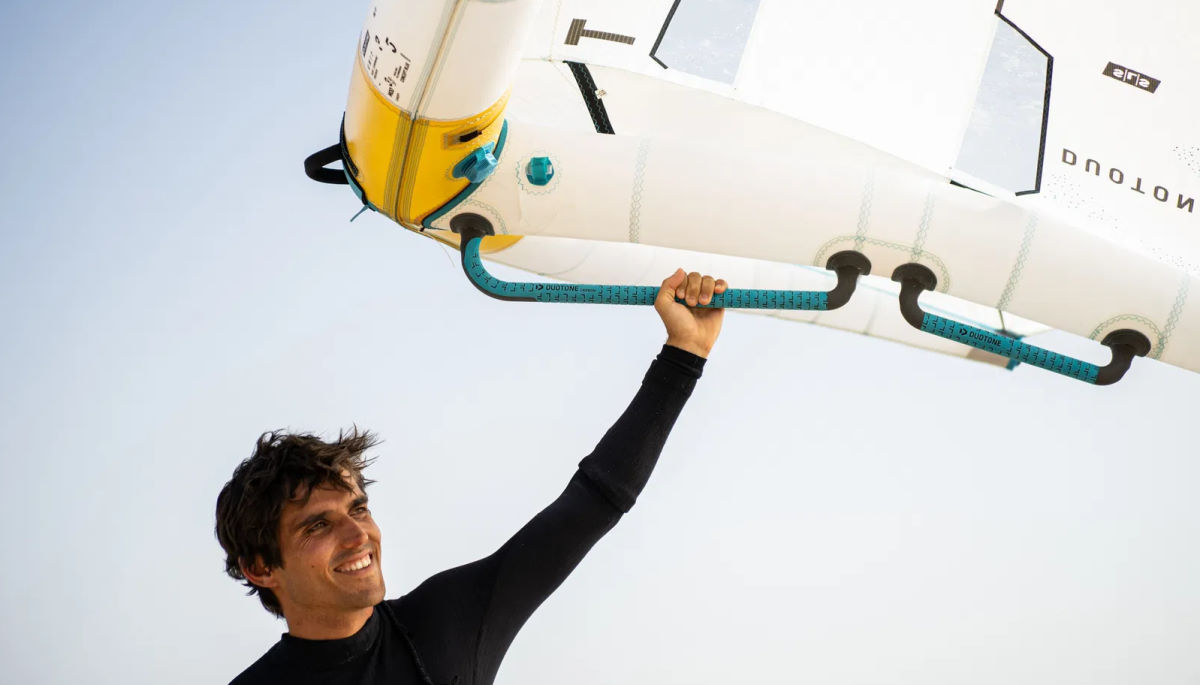
If you like to ride one-handed, the boom might be right for you. If you're learning new tricks, it's easier to find a boom since you can grab anywhere. It's the simplest option and just attaches at the two points, and it's a little lighter than the two handles.
So far, the guys have noticed that most people are choosing the boom, but handles are still selling well. Each option costs the same, so it's just up to your personal preference and travel needs. The nice thing is that you can always get both to cover all situations. If you're feeling like a chill, cruising session, then the handles might be right to reduce fatigue. And then when the wind's up and you can do a little freestyle, you can switch to the boom. Then switch back to handles when you're headed to the airport for a warm-water session this winter.
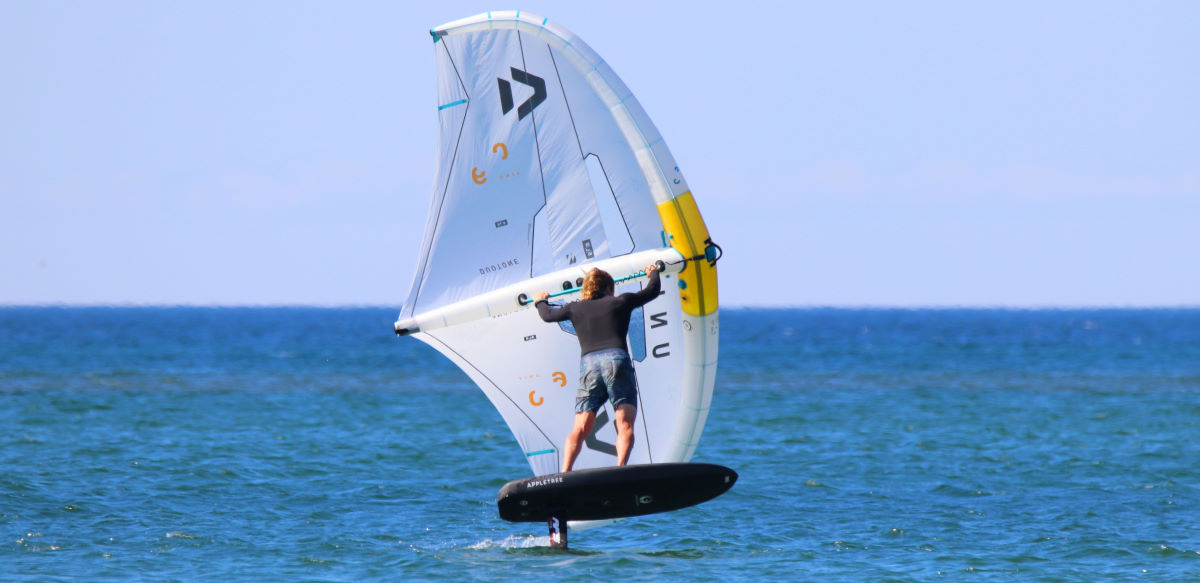
Jeff's Session Impressions
Jeff got out on a lighter day and took the 5.5m, and he had a great session. The Unit SLS did everything he needed it to. He got up on foil with no trouble at all, and it seemed to have better upwind drive than the previous version. He had a little better speed and angle of attack, and it was definitely an improvement. When he came back to the beach, he knew he loved that wing.
He really enjoyed the boom option. It felt light and intuitive and made everything that much easier. Jeff thinks that if you're after a light wind wing, instead of buying a wing that's specifically for that, you could get a 5.5 or 6.0m Unit SLS and have it bridge that gap for you because it generates more power than a typical wing that size.

Who's It For?
If you're a smaller or shorter rider who needs a wing for lighter days, the Unit SLS is easy to handle and has the grunt and power to get you up on foil.
But anyone can appreciate the benefits of this wing. Jeff is average-sized, and he and others tried it out in the light, offshore winds at MACkite's King of the Great Lakes Test Fest. Everyone came back in loving it. It feels bigger than it is in terms of power while feeling true-to-size in terms of handling. It doesn't feel clunky and has a very direct feel, so when you get those gusts, you can feel it and react right away to really bear into it. This is a wing that shines in light wind and it makes a great session-saver.
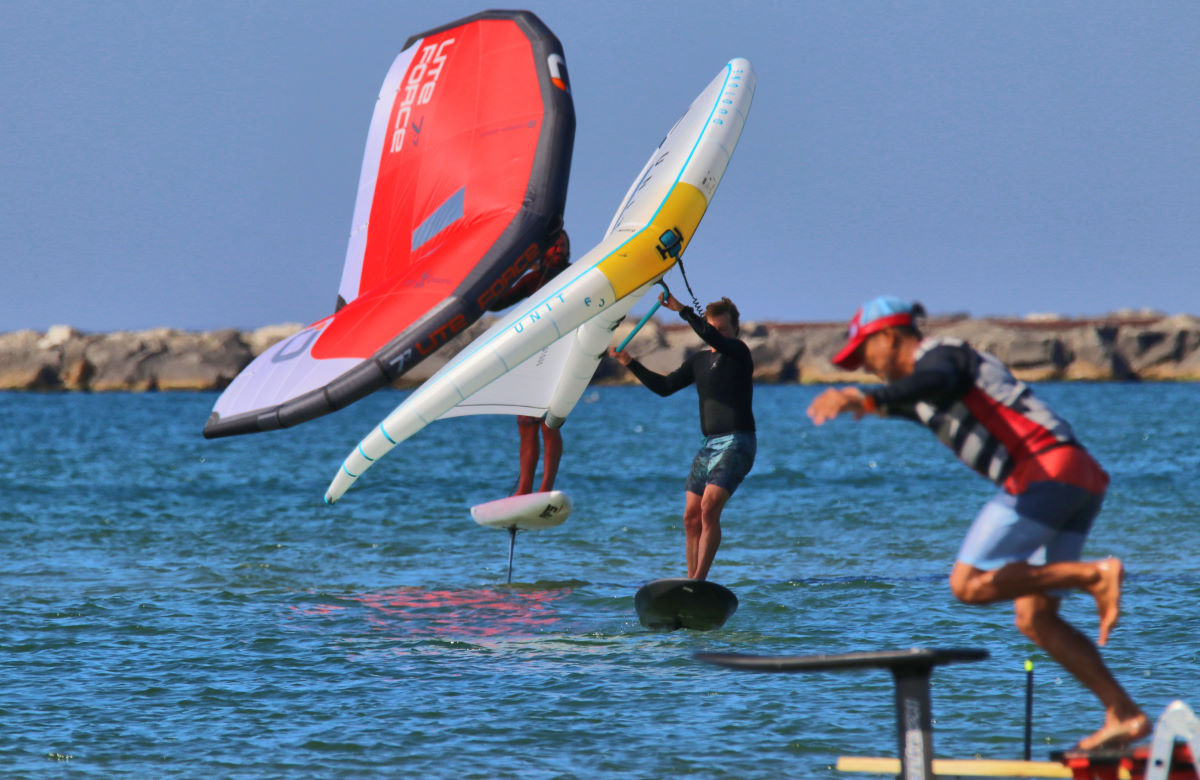
Performance Trade-Offs
Of course, there's always a trade-off somewhere, and on the Unit it's at the top end. You can ride a 5m in 25 knots, but you're going to lose comfort. This wing has a lot of feedback and becomes erratic in that much wind, and that makes it much more physical to fly. This is a wing that's happiest at the low end of its range.
You can always size down, and the Unit SLS will still be a good driver. But each size is going to perform best at the lower end to middle of its range. Once you begin to cross over into the high end, you'll notice that the wing doesn't feel as at home anymore. It's a wing that's happy when it's powered, but not as much once it begins to get overpowered. That's the tradeoff for such nice performance at the low end.
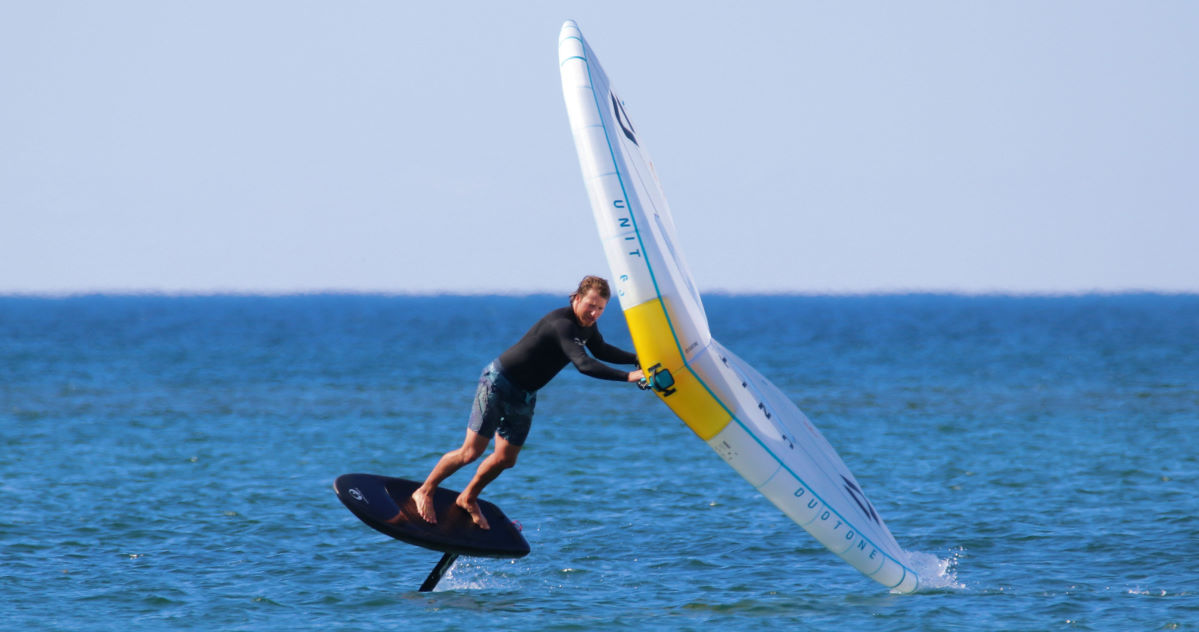
Tucker was on the 5.0m in 20-22 knots. He's 200lb, and the wing was powered and happy and Tucker was ripping around. As it began to ramp up to the 25-knot range, he started to think about coming in and sizing down. He kept riding and the wind continued to ramp up to around 30 knots. At that point he came in. He felt like he was dragging it through the wind and it was holding him back.
Size Down Your Quiver
Because the Unit is so capable at the low end, you can size down your quiver. If you normally need a 6.0m where you ride, you should consider a 5.5m or even a 5.0m in the Unit SLS. Then you'll get the performance you're used to at the top end while still having a wing that will get you up on foil at the low end. The Unit's low end performance is especially important to remember if you've got other models mixed in that are more capable at the top end but don't have as much low end range.

Summary
Overall, the 2025 Unit SLS is an improvement. The upwind ability is a lot better, which does help with that top end. You won't need to drag this Unit hard upwind. You can point it upwind quite well.
The Unit is a great wing to both learn and progress on. It won't hold you back, yet it's easy to handle. It's just a lot of fun to ride.
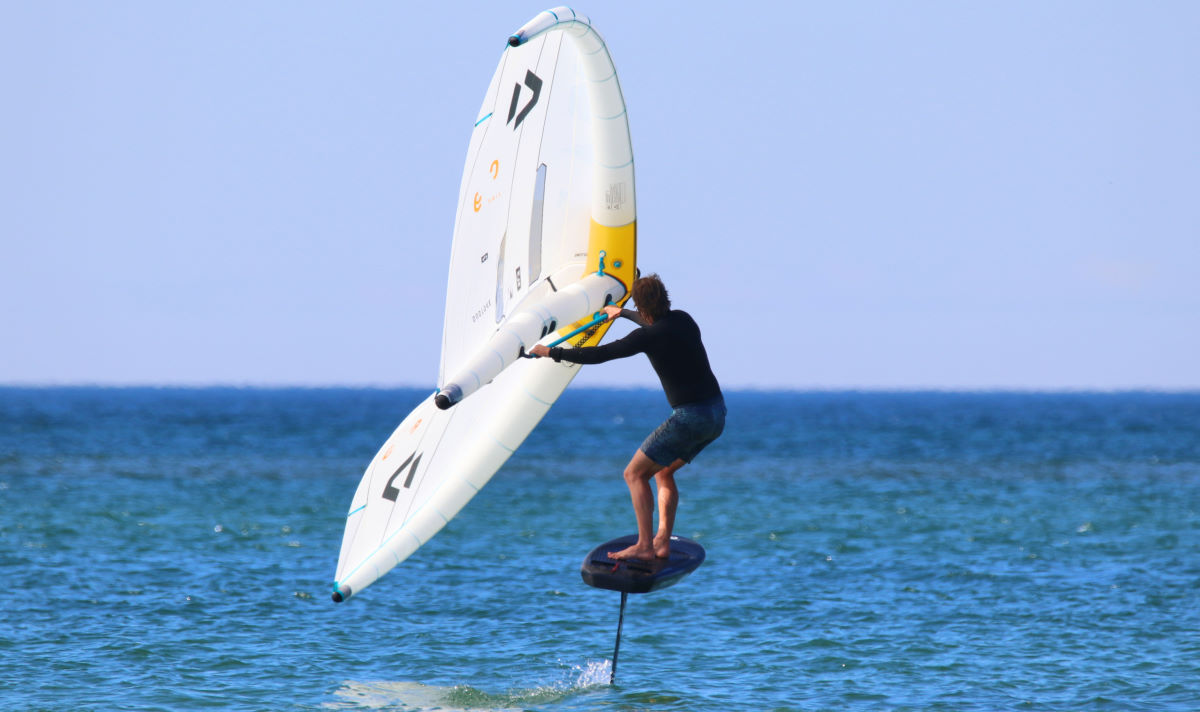
MACkite Subscription Links:
YouTube | Instagram | Spotify Oddcasts
Contact MACkite Below:
800.622.4655 | Kiteboarder@MACkite.com | LIVE Chat Messenger


Recent Posts
-
2025 Duotone Unit SLS Review | Boom or Handles for Your Riding Style?
The Duotone Unit has been around for quite a few years now, and with good reason. It's ea …30th Oct 2024 -
Teen Riders Represent F-One in GWA World Tour Stops
Two of F-One's youngest riders made an impressive showing at a recent GWA Wing Foil Events …28th Oct 2024 -
How to Assemble and Transport Your Waydoo Evo eFoil | Step-by-Step Guide
Ready to get out on your Waydoo Evo eFoil? A few minutes with this guide by MACkite's Katie …25th Oct 2024

